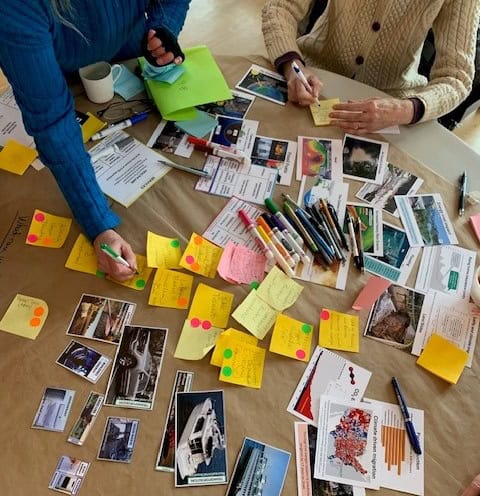Quick Fact – Will There Be Enough Power?
Climate change, legislation and rising costs are impacting where and how we will source our power supply. We must build our own resources for power.
- In 2019, Washington state passed the Clean Energy Transformation Act (CETA) which mandates discontinuing fossil fuels in the regional electricity supply. The world is starting to take climate impact seriously and demand action from the leadership. Carbon legislation is just the beginning of what we expect will be a steady stream of legislation related to reversing climate impact.
- The Pacific Northwest is expected to undergo significant changes to its electrical generation resource mix over the next 30 years due to changing economics and policies. This includes retirement of 35 trillion watt-hours per year of coal plants and increased wind and solar generation. Power costs will rise during this major transition to low-carbon energy.
- Removing coal generation reduces regional capacity and the ability to handle extreme energy demand events (e.g. cold snaps). Even without CETA mandated coal plant decommissioning, forecasts project regional capacity shortfall as soon as 2021 (potential brown outs).
- When the wind isn’t blowing and the sun isn’t shining, we need a reliable, firm source of power. Our regional hydro system provides the cleanest, most reliable, and affordable source of firm power available – other options like natural gas and nuclear are problematic.
- Despite advances in technology, wind and solar alone are not a feasible solution for the Pacific Northwest. Constraints include cost, intermittency, transmission grid, 24/7 availability, and suitable land for siting.
OPALCO has a plan. Our 2020 Integrated Resource Plan is focused on building our local power supply and positioning our island communities for increased local energy resilience to protect us from increasingly likely mainland outages. The plan includes:
- Energy conservation and greater member participation in how (and when) energy is used.
- Building out local renewable resources paired with energy (battery and other future technologies) storage projects to increase local resilience and decrease mainland dependence
- Shifting to electric for transportation: personal cars, school buses and electric hybrid ferries; and heating. Say goodbye to fossil fuels. Say hello to lower TOTAL energy bills, thanks to the much lower cost of driving and heating electric.
- Wise use of mainland resources. Our goal is to provide up to ~30% of our power from local generation. Mainland power will continue to be required to meet the full demand for power in the islands and will serve as the “ultimate backup battery” to handle cold snaps and times when the wind doesn’t blow and the sun isn’t shining.


